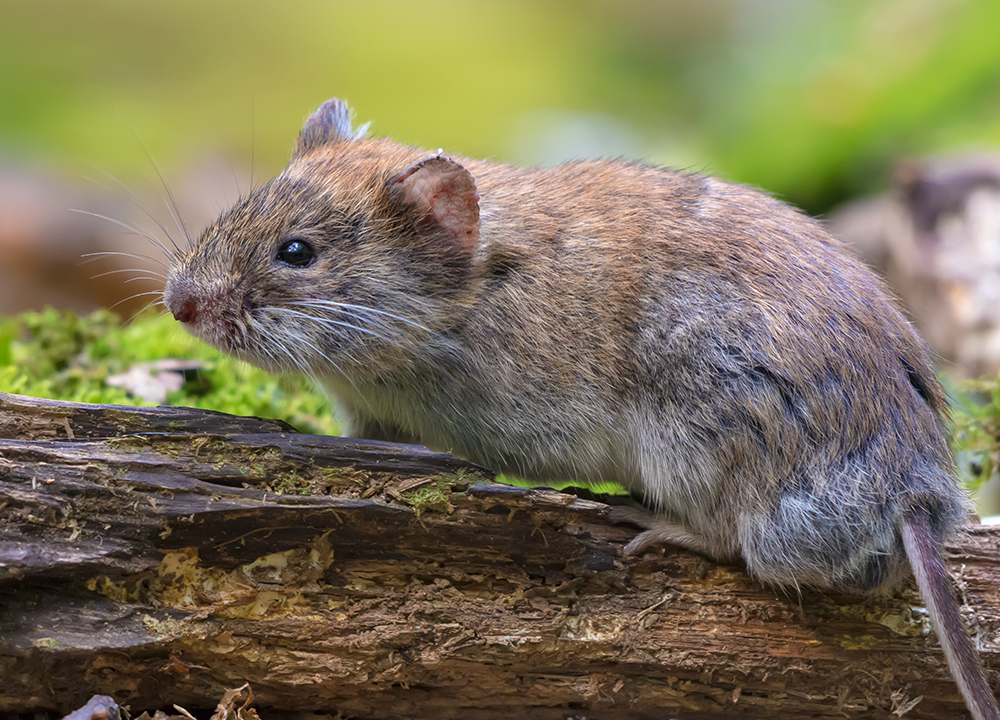Handling Vole Damage: Effective Control Techniques
Handling Vole Damage: Effective Control Techniques
Blog Article
Comprehensive Overview to Efficient Vole Insect Control: Invasion Recognition and Treatment Methods
In the realm of reliable parasite control, vole invasions present a special challenge that demands a critical strategy. By discovering the nuances of vole behavior, recognizing crucial indications of problem, and evaluating an array of control choices, one can establish an extensive approach to combat these evasive bugs.
Recognizing Vole Habits
Vole behavior is characterized by their burrowing behaviors and quick recreation prices, making them a tough bug to manage efficiently. These small rats normally develop intricate passage systems underground, utilizing them for sanctuary, food storage space, and transportation. Voles are herbivores, eating a variety of plants, roots, grasses, and light bulbs, which can cause substantial damage to yards, orchards, and yards. Their rapid reproductive price more complicates control initiatives, with women with the ability of creating numerous litters in a single year, each consisting of several children.
Voles are most energetic throughout the morning and evening hours, investing the bulk of their time foraging for food. Their delving routines not just disrupt yards and yards however also make them testing to identify and eliminate. Comprehending vole behavior is critical for efficient parasite control approaches. By identifying their burrow places, keeping track of feeding areas, and executing targeted control methods, such as trapping or environment adjustment, vole problems can be managed efficiently.
Indications of Vole Infestation

Prevention Approaches
Carrying out efficient prevention techniques is essential in reducing vole problems and safeguarding plant life from their devastating feeding practices. To avoid vole infestations, it is essential to begin by removing possible food sources and sanctuary.
Regularly examining the home for indications of vole task, such as runways and delve openings, is critical for early discovery and punctual activity. If vole activity is thought, consider utilizing repellents or catches purposefully positioned near their paths.
Non-Lethal Control Methods
To efficiently handle vole populaces while focusing on gentle approaches, non-lethal control methods offer functional remedies for minimizing vole damage in gardens and landscapes. These obstacles can be hidden at the very least 12 inches deep and bent at a 90-degree angle to protect against voles from tunneling underneath.

Lethal Control Options
One reliable method for resolving vole infestations in yards and landscapes involves the strategic use dangerous control options. When encountered with a severe vole problem that non-lethal methods have failed to consist of, implementing lethal control measures comes to be essential. One commonly used dangerous control choice is using snap traps. These catches are made to quickly and humanely kill voles upon activation, making them a prominent choice for lots of garden enthusiasts and landscaping companies. To increase the performance of breeze catches, it is recommended to position them in locations where vole task is high, such as along runways or near burrow entrances. One more lethal control alternative is the utilization of hazardous baits particularly formulated to target voles. These baits include poisonous substance that is look at here now consumed by the voles, leading to their eventual death. Care needs to be worked out when utilizing hazardous baits to avoid damage to non-target pets or family pets. On the browse around this web-site whole, when using dangerous control alternatives, it is vital to do so properly and based on neighborhood guidelines to properly take care of vole problems.
Final Thought
In conclusion, efficient vole parasite control needs a detailed understanding of vole actions, identification of signs of invasion, implementation of prevention techniques, and application of both non-lethal and deadly control methods. By combining these methods, individuals can successfully handle vole populaces and protect their residential property from damage. It is very important to address vole problems quickly to stop more issues and reduce the influence on the surrounding setting.
Provided the intricate tunnel systems and fast reproduction rates particular of voles, acknowledging the signs of vole invasion ends up being necessary in efficient pest control. One of the key signs of vole presence is the visibility of surface paths or trails in yard or snow, typically regarding 1-2 inches vast, produced as voles take a trip in between their burrows and food sources.To successfully take care of vole populaces while prioritizing gentle methods, non-lethal control approaches offer sensible services for lowering vole damage in yards and landscapes.One efficient technique for dealing with vole infestations in landscapes and gardens involves the calculated site here use of dangerous control choices. vole pest control.In final thought, efficient vole insect control needs a detailed understanding of vole behavior, identification of indicators of problem, implementation of prevention techniques, and application of both dangerous and non-lethal control techniques
Report this page